Hinge Points: An Inside Look at North Korea’s Nuclear Program
2004

Hecker to visit Yongbyon Radiochemical Laboratory. Hecker left of center in foreground and Director Ri Hong Sop right of center in foreground.
Dates: January 6-10, 2004
Yongbyon visit: January 8, 2004
Dr. Siegfried Hecker’s first trip to North Korea came a full year after IAEA inspectors were expelled by Pyongyang from the North’s nuclear facilities following the demise of the Agreed Framework. Hecker, then at Los Alamos National Laboratory, was persuaded to go on that trip by Professor John W. Lewis of Stanford University. For Lewis, that would be his ninth visit (with more to come). With a visit to Yongbyon nuclear research facility on the trip agenda, Hecker’s participation could provide a much needed assessment of the state of the North’s nuclear program. Through conversations with experts and officials, Hecker took a deep dive into the technical and political aspects of the subject to prepare for the visit. He prepared the following memo for Prof. Lewis in preparation for the visit. (Hecker labeled the memo “In Strict Confidence” at the time because he did not want distribution beyond his travel companions).
Thoughts about nuclear discussions with DPRK, Siegfried Hecker, Dec. 23, 2003
The delegation included John W. Lewis, Stanford University; Siegfried Hecker, then senior fellow at the Los Alamos National Laboratory, and Charles “Jack” Pritchard, then at Brookings Institution. W. Keith Luse and Frank Jannuzi, two senior Senate staffers who worked, respectively, with Senator Richard Lugar and Senator Joseph Biden, also were on the trip for their own fact-finding visit.
Hecker narrates the captivating details of the Yongbyon nuclear center visit in Chapter 4 of the book. He chose to be both transparent and conservative in formulating his assessment of the “deterrent” that the North sought to demonstrate to the Americans. The DPRK hosts seemed to appreciate this approach. The government news agency KCNA said in the statement on the visit:
It is our view that if the visit of Lewis and the nuclear specialist [Hecker] and their party helped the U.S. even a bit drop its ambiguous view on the DPRK’s nuclear activities, it would serve as a substantial foundation for a peaceful settlement of the nuclear issue between the DPRK and the U.S. in the future.
On his way back to the US, Hecker attended a conference in Beijing to present an invited talk about North Korea’s nuclear program. The conference was organized by the Program for Science and National Security Studies (PSNSS) of the China Academy of Engineering Physics. Hecker did not describe his visit in any detail but rather presented his thoughts on the “Role of scientists in reaching a peaceful solution to the North Korean nuclear crisis”. The stop in Beijing also gave Hecker the opportunity to learn how the Chinese nuclear experts, who he had known since his first visit to China’s nuclear weapon laboratory in 1994, viewed the sophistication of the North’s nuclear program. He would continue to discuss the North’s nuclear program with the Chinese specialists after all future visits.
In the US, Hecker shared the delegation’s findings and observations, along with his analysis, at hearings of the Senate Committee on Foreign Relations. The first session was a closed session, which allowed for classified discussions and allowed for wide-ranging discussion absent the presence of the news media. Next day, he testified at the open session, packed with senators, staffers, and media.
“Visit to the Yongbyon Nuclear Scientific Research Center in North Korea,” Testimony before Senate Committee on Foreign Relations, Jan. 21. 2004
First sense of the country, its people, customs, and institutions
First time in DPRK, Hecker “benefitted greatly” from the many visits that John Lewis had arranged to gain a broader view of the country: a tour around Pyongyang, visit to a large market, the DPRK Academy of Sciences and the Committee for the Promotion of International Trade. At the Tong Il Street market, Hecker bought five small wall paintings. After all, how often do you get to buy something made in North Korea?
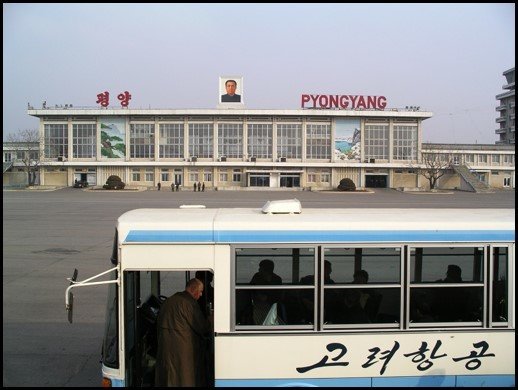
Pyongyang – arrival at Sunan Airport.
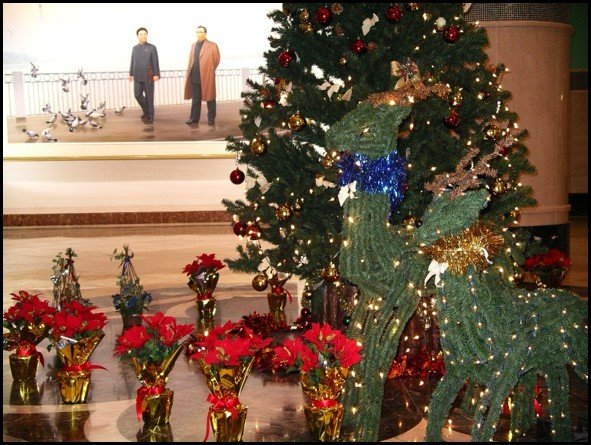
Potonggang Hotel, Pyongyang. Hecker was surprised to find Christmas decorations at the hotel upon their arrival in January 2004.
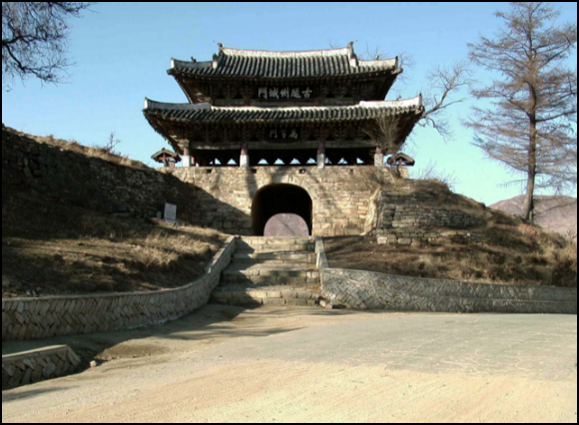
A historic gate known as Yongbyon Nammun (South Gate) on the way to the town of Yongbyon.
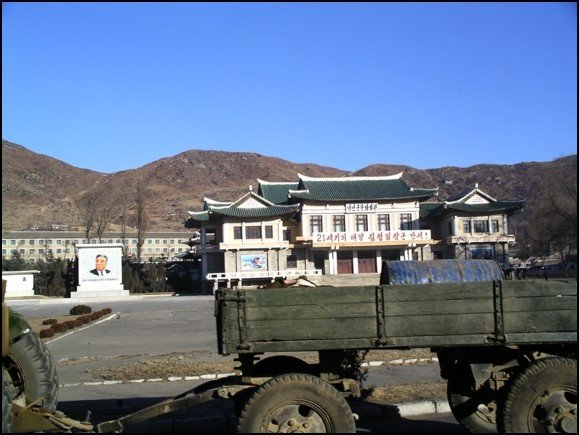
Passing through the town of Yongbyon.
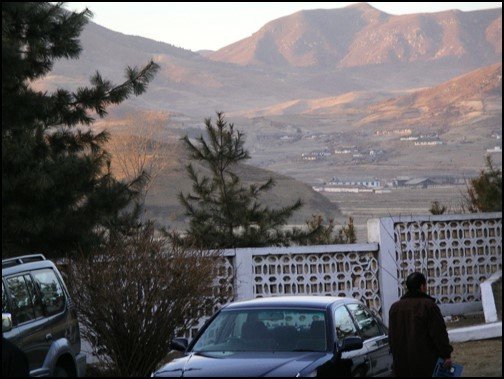
A view of the Yongbyon Center site from the Guest House upon our departure.
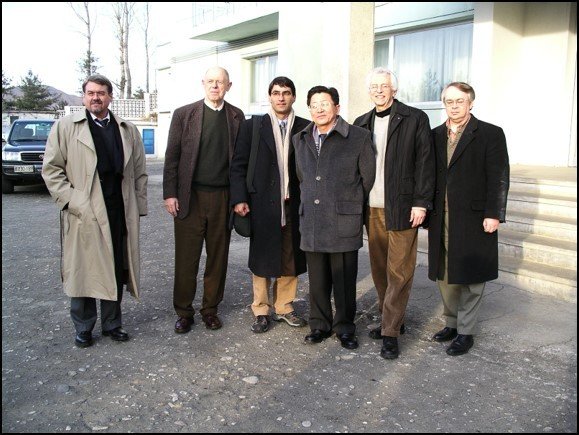
Lewis delegation at Yongbyon. (L to R) Pritchard, Lewis, Frank Jannuzi, Director Ri Hong Sop, Hecker, and Keith Luse.
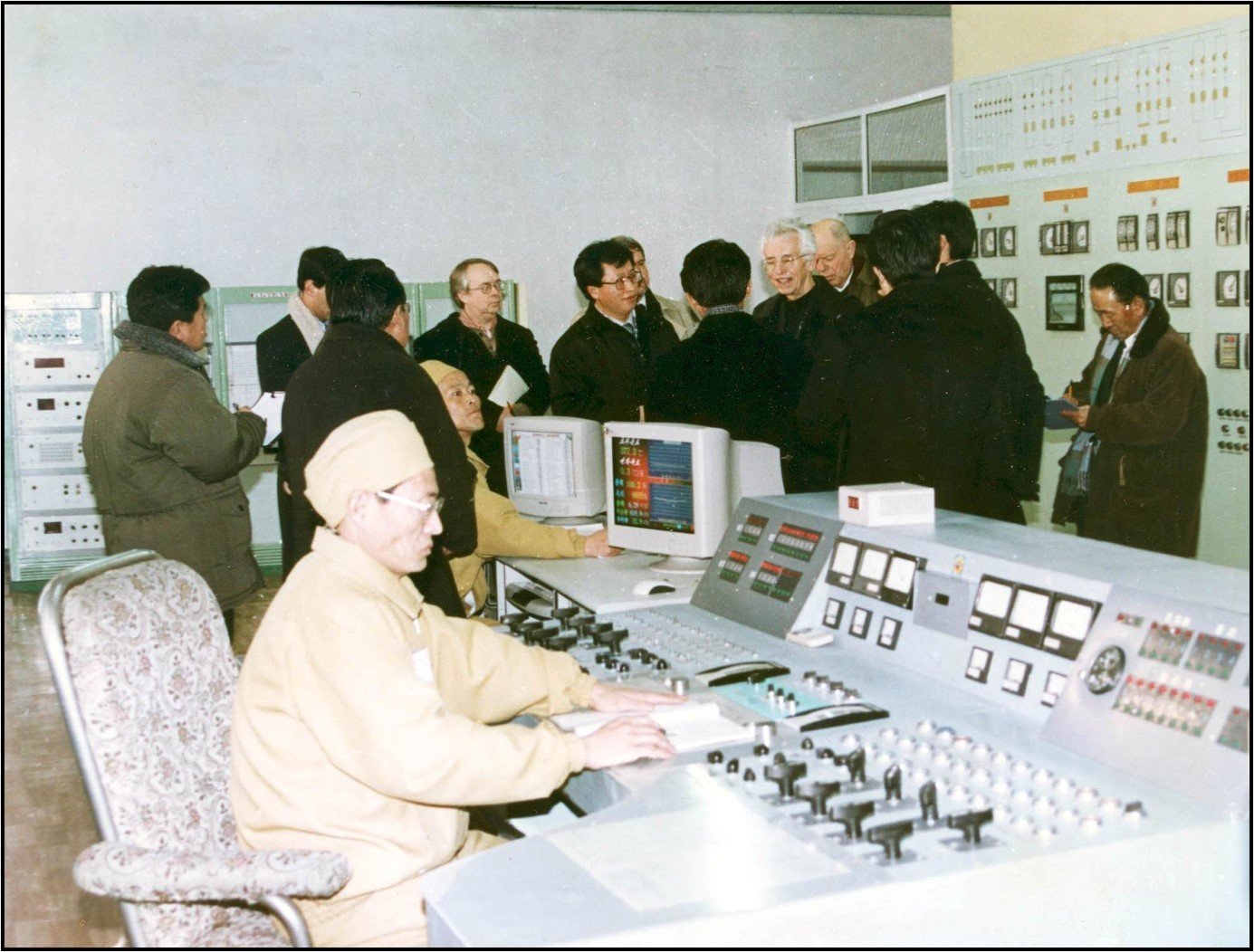
5 MWe reactor control room. Tour of the reactor showed it was operating at full power.
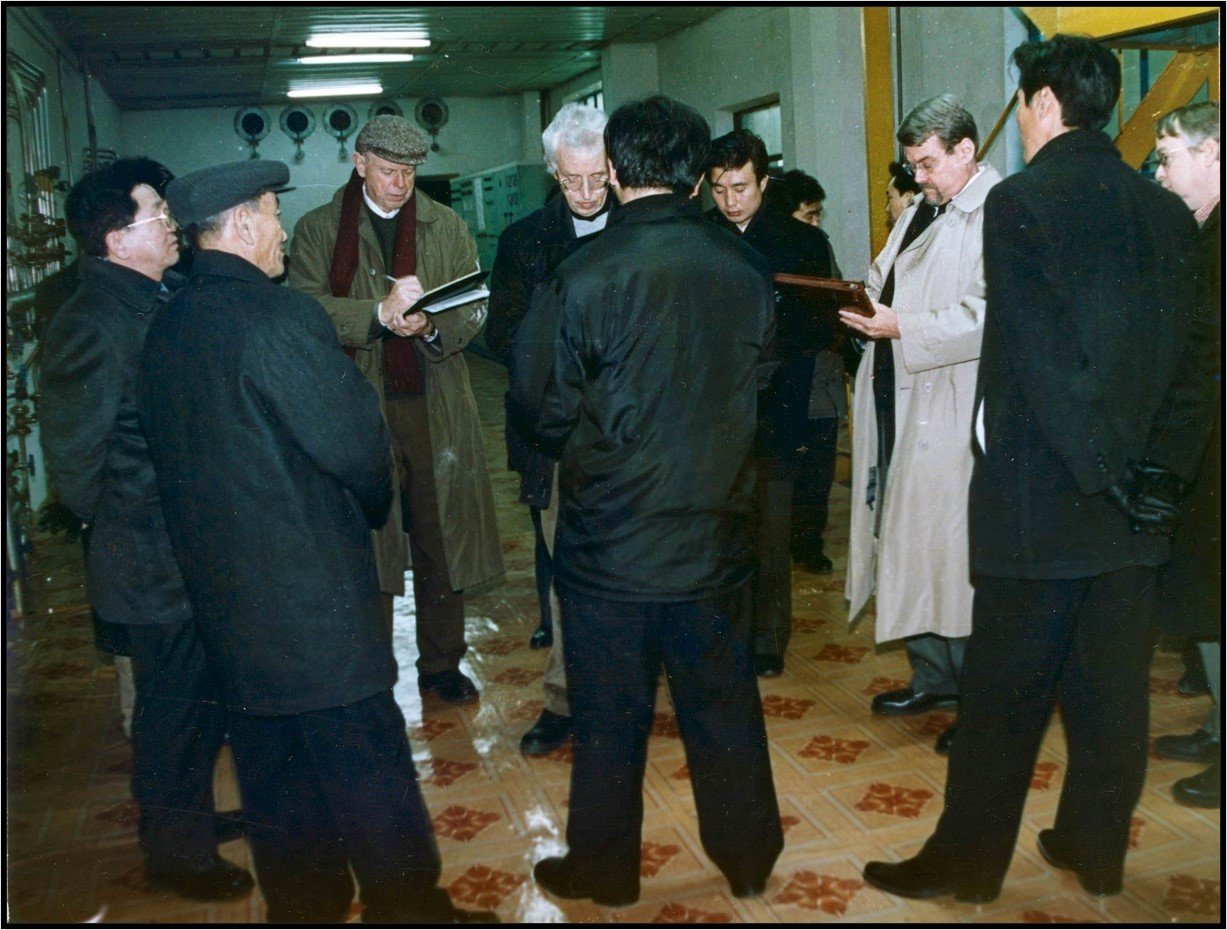
Members of Lewis delegation taking notes during tour of Radiochemical Laboratory at Yongbyon.
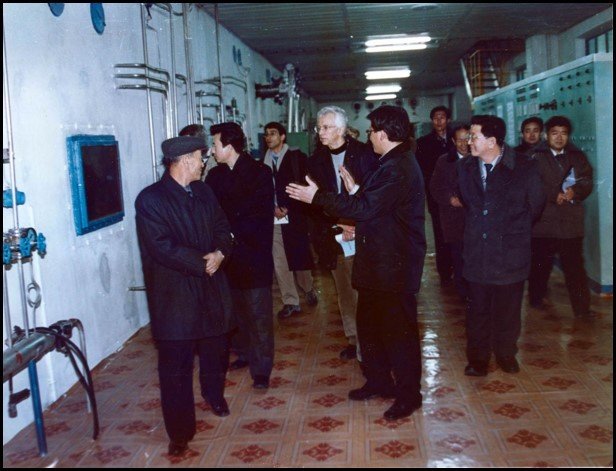
At Radiochemical Laboratory in Yongbyon. Chief Engineer Li explained the history of the facility, how it was designed by their scientists and technicians and constructed by their own efforts from 1986 to 1990.
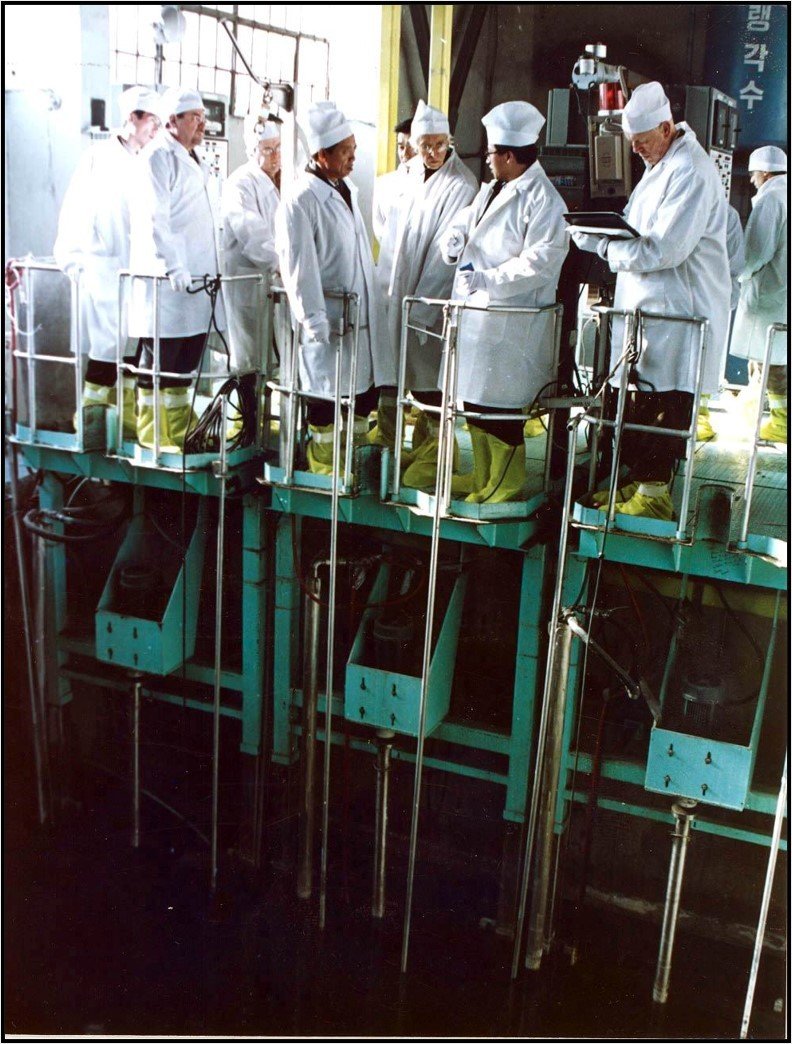
At the Spent Fuel Pool observation platform in Yongbyon. North Korean technicians convinced Hecker that the spent fuel had been removed.
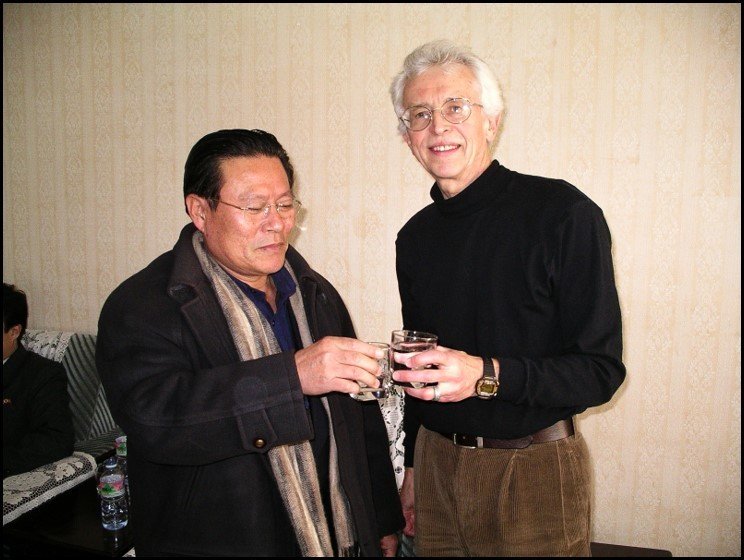
Ambassador Ri Gun and Hecker. Toasting the visit to Yongbyon with a glass of water and fruit juice after an informative tour.
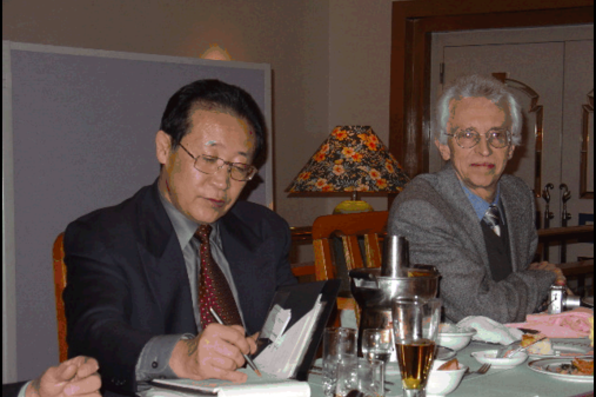
Hecker and Vice Minister of Foreign Affairs, Kim Gye Gwan. Kim led the North Korean delegation during the Six-Party negotiations. Jan. 2004.
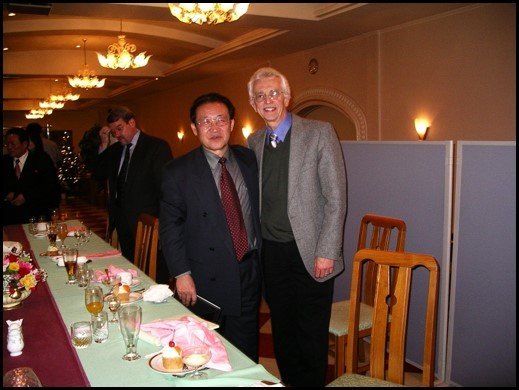
MFA Vice Minister Kim Gye Gwan and Hecker during a dinner meeting.
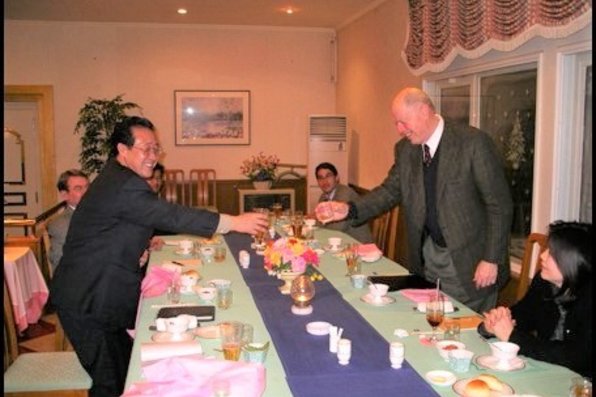
MFA Vice Minister Kim Gye Gwan and Lewis toasting at dinner.
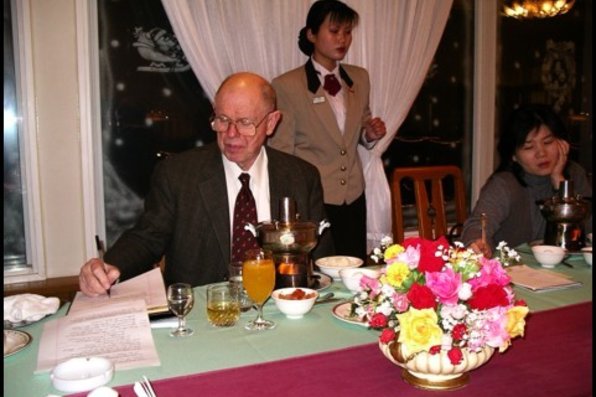
John Lewis with Ms. Choe Son Hui at Potonggang Hotel – with Christmas decorations on window.
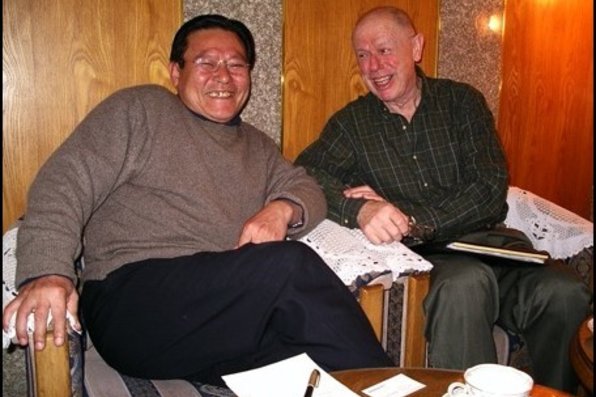
Ambassador Ri Gun and Lewis sharing a light moment.
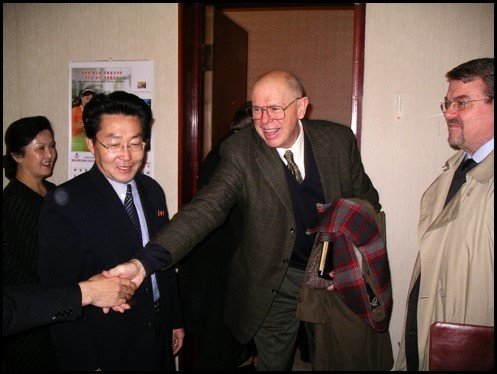
John Lewis with Ri Hak Gwan, Vice President, Committee for the Promotion of International Trade (CPIT) of North Korea.
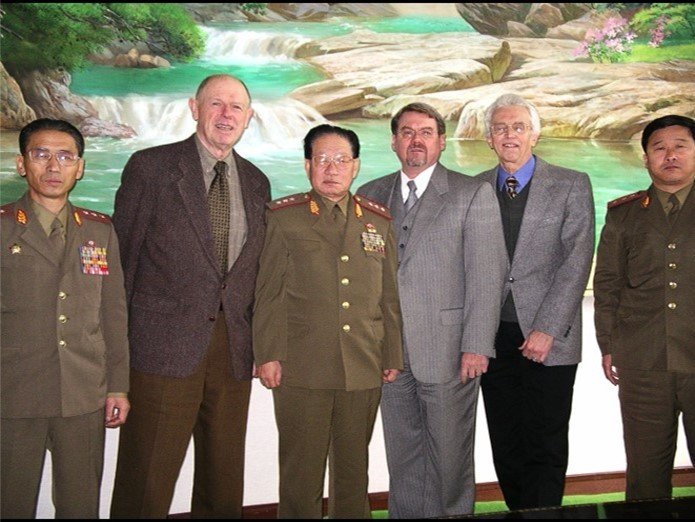
Meeting with Korean People’s Army Col. General Ri Chan Bok (center) and staff. John Lewis (left), Pritchard, and Hecker.
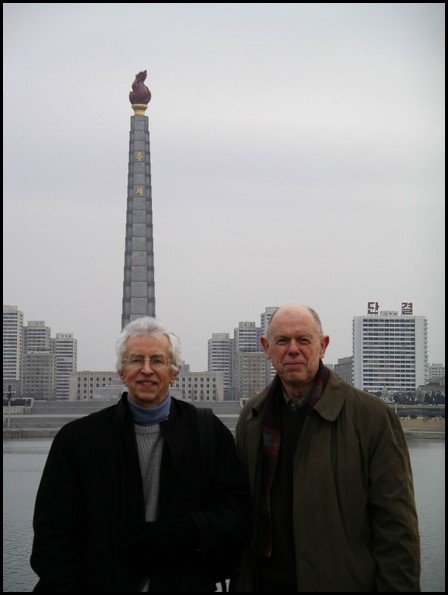
Hecker and Lewis in front of the huge Juche Tower in Pyongyang.
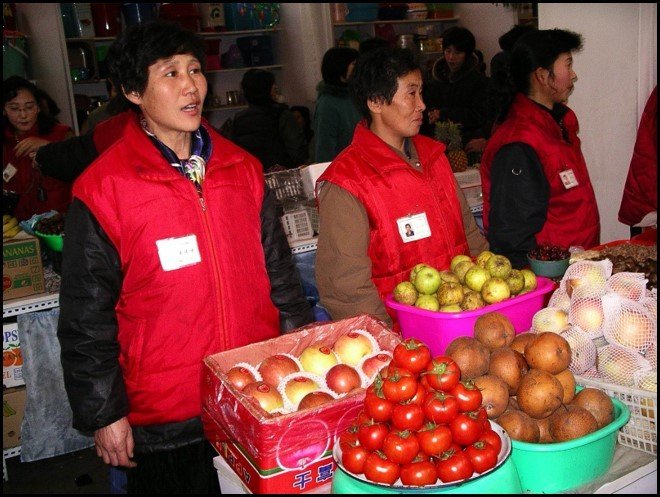
The Tong-il Street Market, opened in 2003. There was an abundance of fruits, vegetables, and meats for those who could afford them.
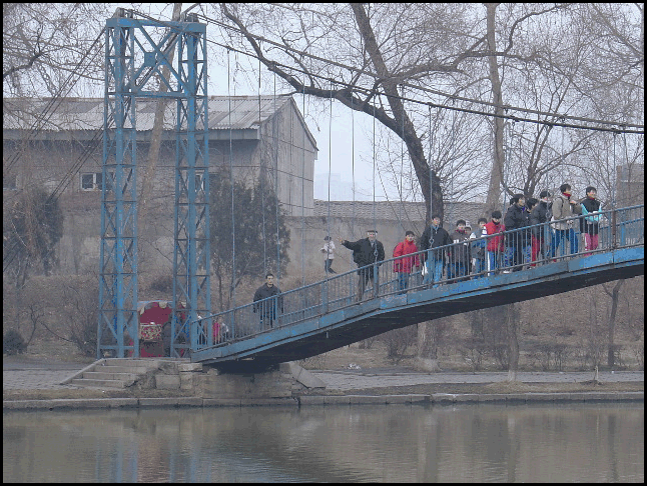
Scene in a park close to the hotel in Pyongyang.
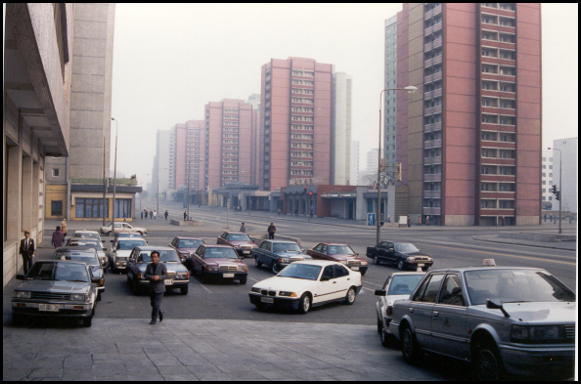
Urban-scape in downtown Pyongyang.
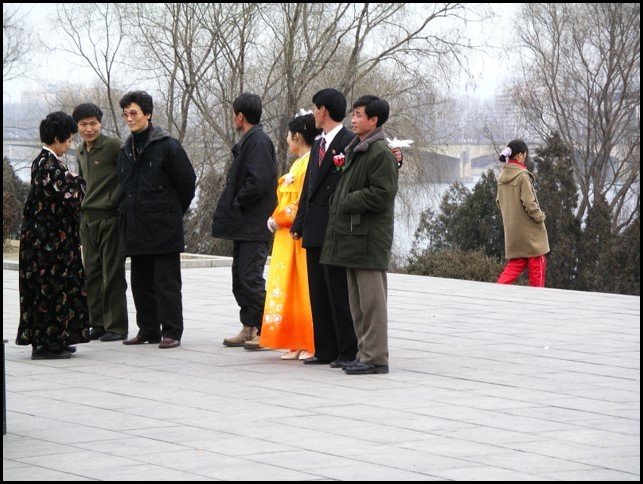
A Korean wedding scene caught during one of the stops of the Pyongyang tour. Jan. 2004.
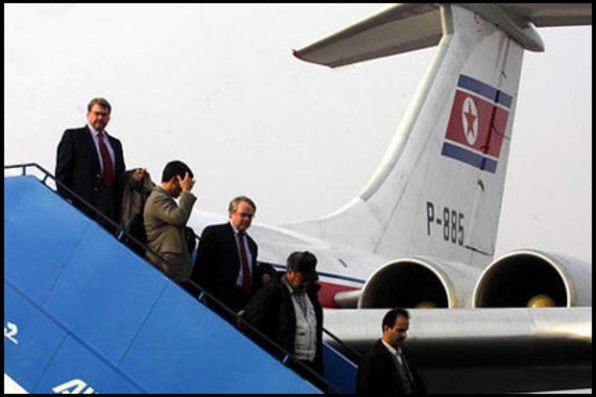
Air Koryo return to Beijing. Lewis delegation exiting the plane.
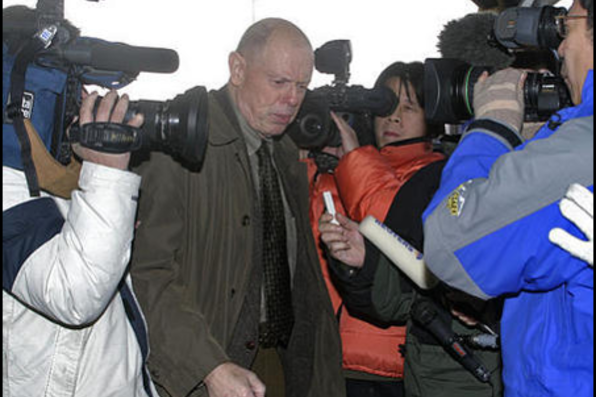
John Lewis was mobbed by international news media on return to Beijing airport from Pyongyang January 10, 2004.
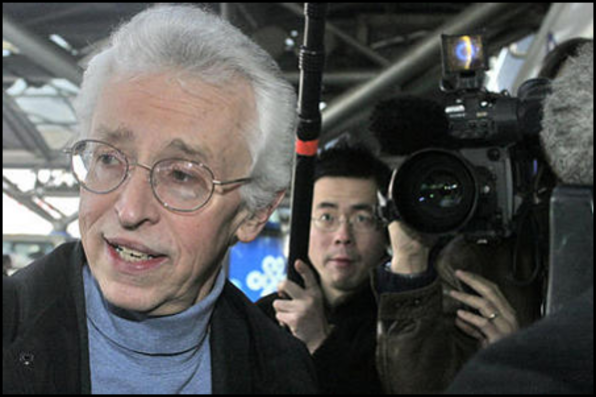
The 2004 trip attracted great international attention – especially in Beijing. Hecker with international news media in Beijing airport.
